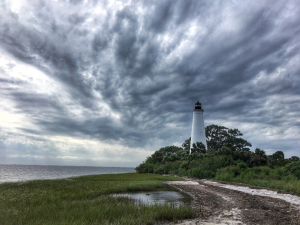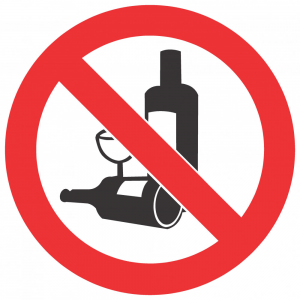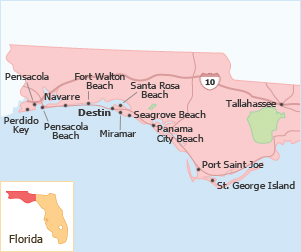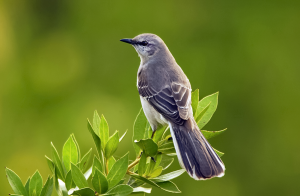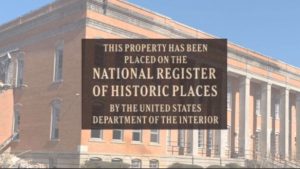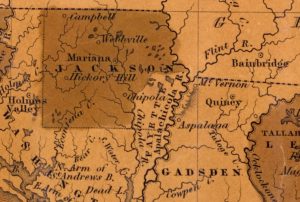Lighthouses are a quintessential Florida sight. There are five beautiful, historically rich lighthouses you can visit in the Panhandle. Cape San Blas Light is located in Port St. Joe and was first erected in 1849; it can be seen 10 miles off shore! Cape St. George Lighthouse, located in St. George Island, was built in 1852 but collapsed due to erosion in 2005. Luckily, the community rallied together and the lighthouse was restored. Crooked River Lighthouse, built in 1895, is located in Carabelle. The lighthouse didn’t even have electricity until 1933! Pensacola Lighthouse – located in Pensacola – was built 1824. Crazy fact? It was hit by lightning twice! Once in 1874 and then again in 1875. The St. Marks Lighthouse was officially finished in 1831, and is currently part of St. Marks Wildlife Refuge. It’s the second oldest lighthouse in Florida. Visit each lighthouse to learn more!
